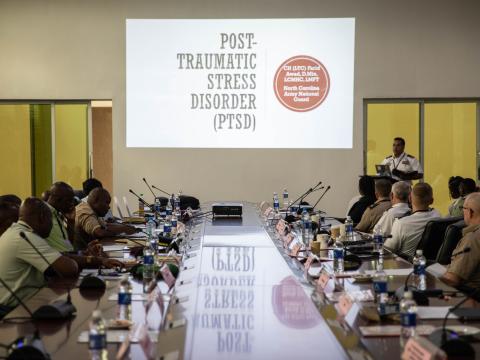An Eye on Deepwater
Interactive site provides the public with a responder's view of the oil spill.
A new website has launched to help keep the public current with the latest information about the Deepwater Horizon oil spill in the Gulf of Mexico. The National Oceanic and Atmospheric Administration (NOAA) and the University of New Hampshire's Coastal Response Research Center were developing an open-source, Web-based, geographical information system (GIS) platform as an internal site so stakeholder organizations could see a common operational picture of an oil spill in near real-time when the recent event occurred. The partners were able to deploy the site for response organizations, and as demand from the public for increased information about the Gulf event intensified, creators decided to develop a public-access mirror site so everyone could view the same datasets.
The GeoPlatform Gulf Response site pulls together information from various government agencies, including NOAA, the Department of Homeland Security, the U.S. Coast Guard, the U.S. Fish and Wildlife Service, the Environmental Protection Agency, NASA, the U.S. Geological Survey and the Gulf states. The information includes trajectory, closed fishery areas, wildlife and place-based Gulf Coast resources. Organizations contribute data through the response data sharing mechanism within the command posts. The work includes posting geospatial data on a common server, allowing access and use for multiple spatial platforms. Through the internal website platform, responders can better share information and understand the entire situation. The general populace can see all the information that has gone through a quality assurance review on the almost-identical, public version of the site, but people using the public site cannot input information. Site visitors can use an interactive map to see different layers of data available about the spill and response efforts. Users can customize their view by selecting items from a menu on the right side of the map.
"It basically is enabling a faster sharing of information from multiple sources," says Amy Merten, chief of the Spatial Data Team in the Office of Response and Restoration at NOAA. She also is the co-director of the administration's Coastal Response Research Center. In a coastal response situation, NOAA is responsible for providing scientific support to the Coast Guard, providing oil spill trajectory, weather and resources-at-risk information and coordinating with other federal agencies to support the on-scene coordinator.
Researchers began the website development effort to create an open-source environment that would enable users to maintain a fast and flexible system. It also was designed to provide real-time information instead of static maps and to put all the pieces together in a seamless manner. Merten says another driver was developing the systems for non-GIS users so everyone could access it quickly. When NOAA and the University of New Hampshire first started this project, they had no plans to deploy it in a real-world situation so soon. The site had been through one exercise and was scheduled for another drill when the rig exploded, and the oil spill began.
NOAA already has reached its goal to provide a common operational picture of the incident through the internal government site and now will try to maintain that while continuing to grow the site and keep it flexible, Merten explains. For the public site, NOAA and the university aim to provide data in a graphical presentation that puts information together in a useful and relevant manner for responders while giving the public plenty of content.



